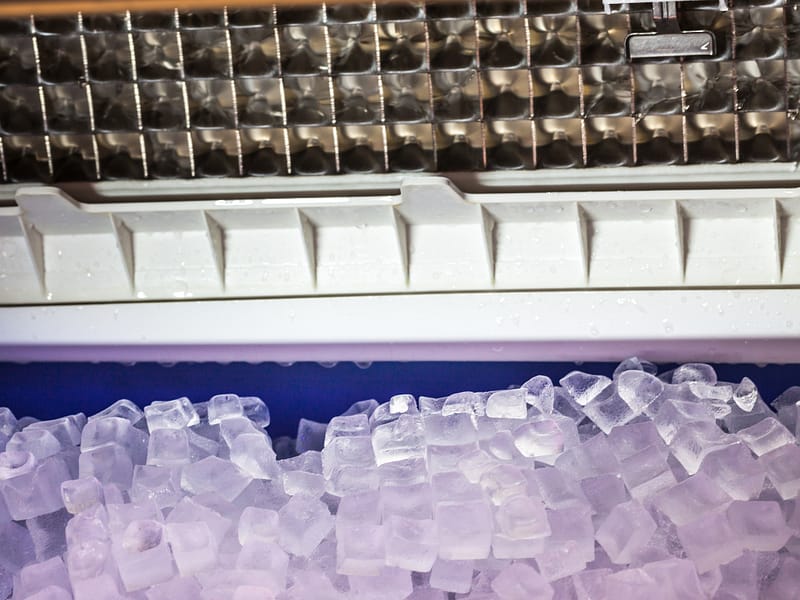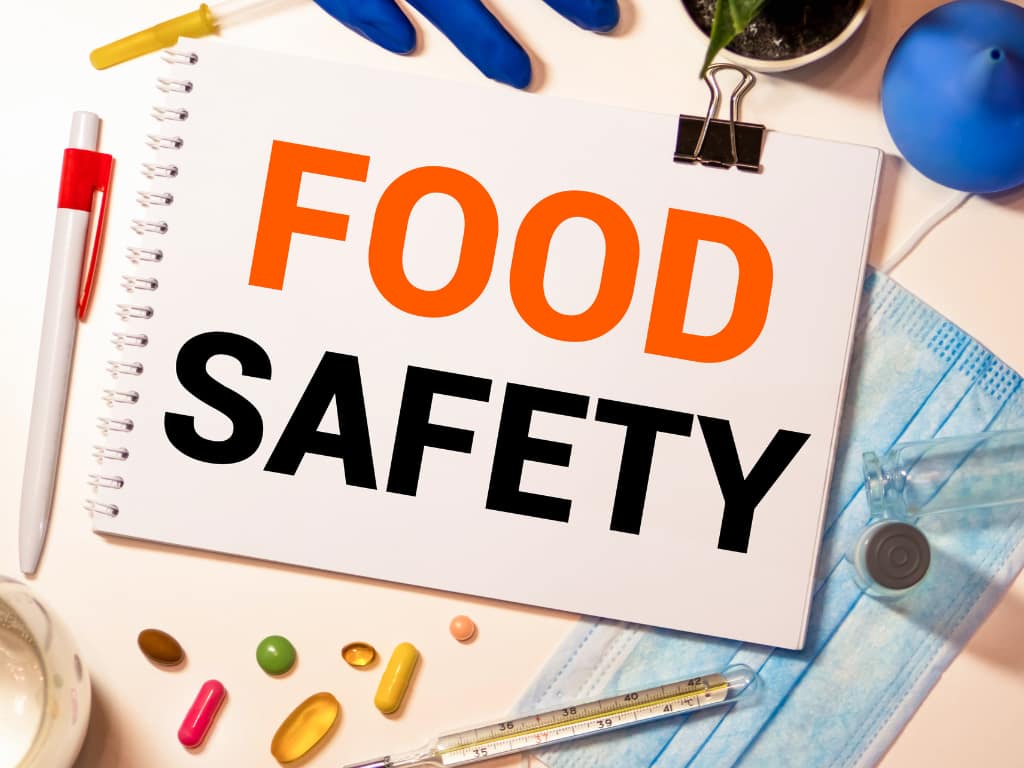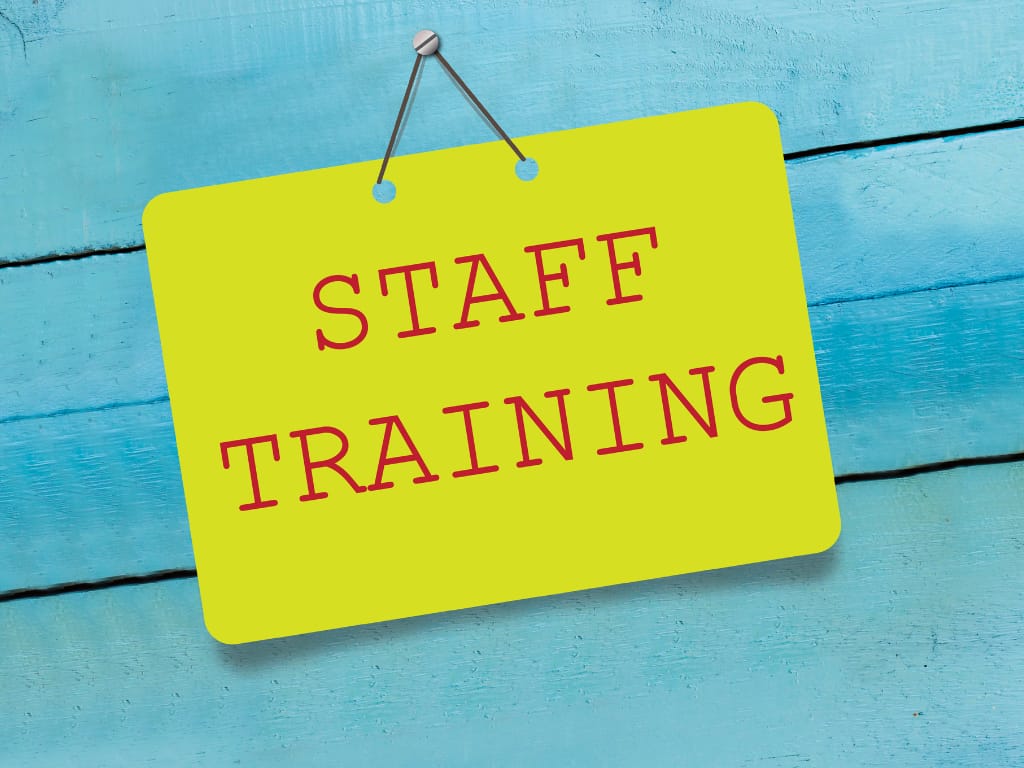Introduction
Ice machines are a staple in food service establishments, crucial for everything from beverages to buffet lines. However, they can also be a source of contamination if not properly maintained. Adhering to strict health and safety standards is not just a regulatory matter—it’s a cornerstone of customer safety and business integrity.
This guide outlines the essential standards and best practices for the hygienic operation of ice machines within the food service industry.
Understanding Health Codes and Regulatory Compliance
Ice is considered food by health departments, and as such, ice machines must comply with specific health codes:
- Health Regulations: The FDA’s Food Code provides comprehensive guidance on ice handling, stipulating that machines must be designed to be cleanable and prevent contamination.
- Legal Requirements: Local health departments may enforce additional regulations that go beyond the FDA’s Food Code, requiring regular inspections and compliance with specific sanitary standards.
Selecting Ice Machines with Health and Safety in Mind
When purchasing an ice machine, look for features that promote health and safety:
- Ease of Cleaning: Machines designed with smooth, non-porous surfaces and minimal hard-to-reach areas prevent bacteria buildup.
- Food Zone Certification: Look for NSF International certification, which ensures that the areas where ice is made and stored meet rigorous health standards.
Best Practices for Safe Ice Storage and Dispensing
Proper ice storage and dispensing are critical to maintaining ice purity:
- Storage: Ice should be stored in clean, sanitary bins that are regularly wiped down and protected from environmental contaminants.
- Dispensing: Use only dedicated scoops that are stored outside of the ice bin, and never use glassware or hands to scoop ice.
Routine Cleaning and Sanitization Procedures
A strict cleaning regimen is essential to keep ice machines sanitary:
- Daily Cleaning: Wipe down all external surfaces with a food-safe sanitizer, including handles and levers.
- Deep Cleaning: Schedule deep cleaning that includes emptying the machine, discarding old ice, and thoroughly cleaning interior surfaces with an appropriate cleaner at least every six months.
- Sanitization: Follow deep cleaning with a complete sanitization process using a solution approved for food contact surfaces.
Addressing the Risks: Preventing Contamination and Illness
To minimize the risk of contamination:
- Water Filtration: Install water filtration systems to prevent scale buildup and microbial growth within the machine.
- Airflow: Ensure the ice machine is installed in a well-ventilated area to discourage mold and mildew growth.
- Inspection: Regularly inspect for signs of slime or mold, and take immediate action if any is found.
Training Staff on Ice Machine Hygiene
Educating your team about proper ice machine hygiene is pivotal. Proper training can significantly reduce the risk of contamination and ensure everyone understands the importance of their role in maintaining food safety.
- Training Essentials: Staff should know how to operate the ice machine correctly, the importance of regular cleaning, and the correct use of ice scoops and storage.
- Hygiene Protocols: Employees must be trained on handwashing and using gloves when handling ice to prevent cross-contamination.
- Monitoring: Appoint a team member to regularly monitor the ice machine for any signs of misuse or contamination.
Regular Maintenance and Service Checks
To ensure your ice machine operates efficiently and remains hygienic:
- Scheduled Maintenance: Establish a routine maintenance schedule that aligns with the manufacturer’s recommendations and local health codes.
- Professional Servicing: Have the ice machine serviced by a professional at least once a year, or more frequently if it’s heavily used.
- Record-Keeping: Maintain a log of all cleaning and maintenance activities. This record can be invaluable during health inspections and when troubleshooting equipment issues.
Staying Updated with Health and Safety Standards
Health and safety regulations can evolve, so staying informed about the latest standards is critical:
- Continuing Education: Take advantage of online resources, industry publications, and local health department updates to stay informed.
- Technology Tools: Consider using digital checklists and reminders to keep track of cleaning schedules and maintenance tasks.
Final Call to Action
Review your current practices, educate your staff, and commit to a schedule of regular maintenance and cleaning. If you need professional help with servicing or want to ensure your procedures meet the latest health standards, contact a certified technician today.
Keep your ice clean and your patrons safe with diligent care and attention to your ice machine.







